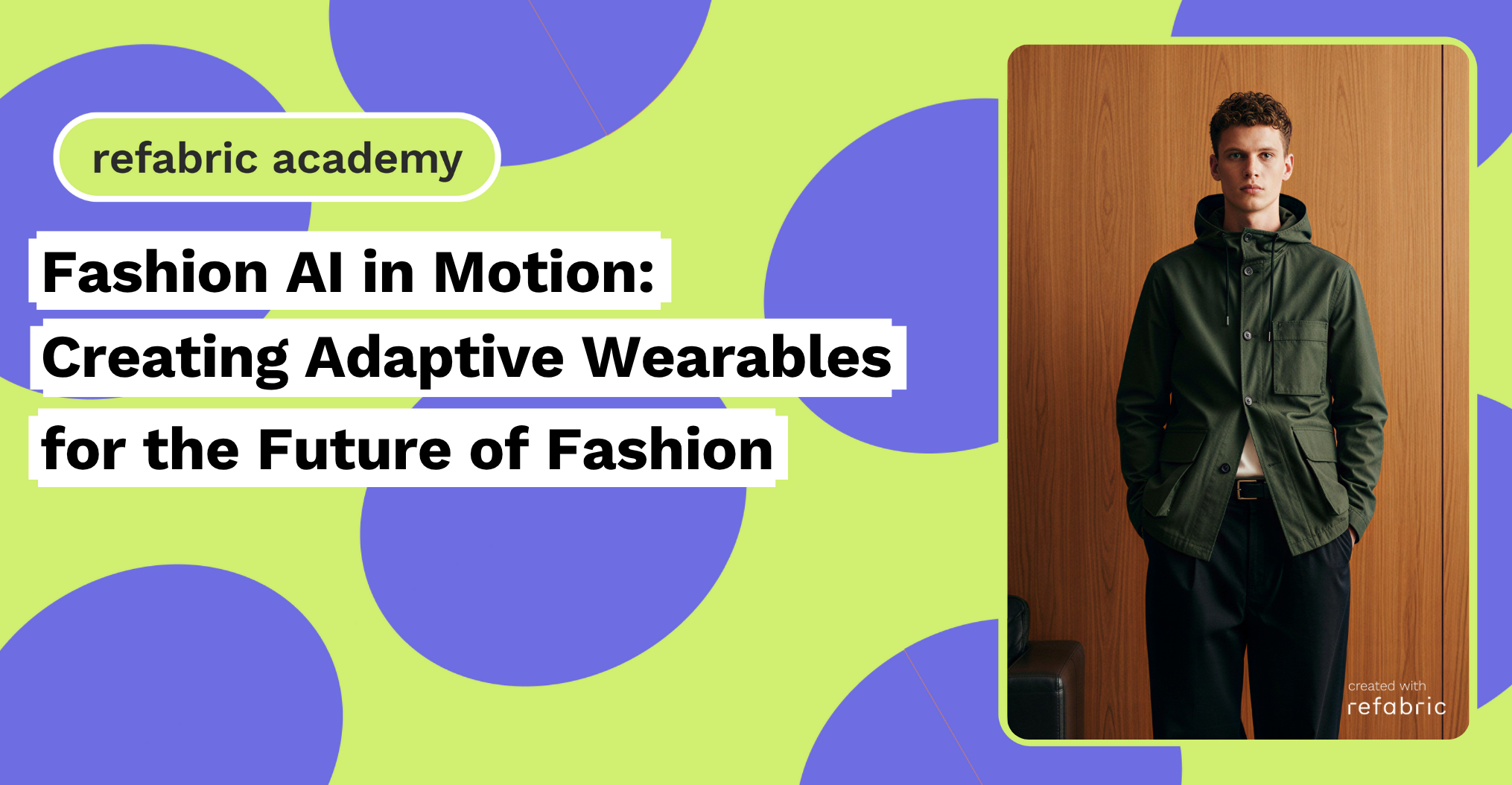Fashion AI is transforming how we experience clothing, bringing intelligence, adaptability, and personalization to every garment. As the boundaries between fashion and technology continue to blur, adaptive wearables powered by AI are redefining what it means to dress for both comfort and expression.
The Rise of Intelligent Clothing
Clothing has always been a form of communication, a reflection of identity, culture, and mood. But with the advancement of artificial intelligence, fashion is evolving from static expression to dynamic interaction. Through sensors, data analysis, and AI-driven insights, garments are now capable of responding to the wearer and the environment in real time.
From sportswear that adjusts ventilation based on body temperature to dresses that change color according to mood or light, adaptive wearables are turning science fiction into reality. This transformation marks a new era where clothing doesn’t just fit the body, it listens, learns, and evolves with it.
How Fashion AI Drives Adaptability
At the heart of adaptive design lies fashion AI. Using data from movement tracking, biometrics, and environmental inputs, AI systems analyze patterns and predict user needs before they arise. Imagine a jacket that adjusts insulation levels when the temperature drops or sneakers that tighten automatically during high-impact activity. These innovations are powered by algorithms that interpret physical signals, ensuring garments adapt seamlessly to changing conditions.
Beyond functionality, AI also plays a crucial role in aesthetics. Designers can train AI models to generate new textures, materials, and color palettes that react to specific stimuli. This blend of performance and creativity allows for garments that are as expressive as they are intelligent.
Collaboration Between Designers and Technology
Adaptive wearables are not created by machines alone, they’re the product of collaboration between human creativity and AI’s analytical power. Designers provide the artistic vision, while AI offers predictive precision and material optimization. Together, they form a creative partnership that accelerates innovation.
In the studio, AI tools can simulate how fabrics behave under different conditions or how sensors integrate into garments without compromising comfort. This enables designers to experiment freely, test concepts virtually, and bring ideas to life faster and more sustainably.
Fashion AI also reduces the guesswork in prototyping by analyzing previous design data to suggest better structures, materials, and patterns. The result is a smoother design process and smarter, more adaptable products.
Fashion AI and Sustainable Innovation
Adaptive wearables aren’t just a technological milestone, they’re also a step toward sustainability. Traditional fashion production often relies on mass manufacturing and guess-based inventory planning. In contrast, fashion AI helps brands design on demand, minimizing waste and overproduction.
By analyzing consumer behavior and usage data, AI can also predict when a garment may wear out or suggest repair or recycling options. Some brands are even experimenting with AI-enabled fabrics that biodegrade more efficiently or can be repurposed into new designs. The future of adaptive fashion is not just smart, it’s conscious.
Beyond Function: The Emotional Side of Wearables
What makes adaptive wearables truly exciting is their ability to connect emotionally with the wearer. Fashion AI can interpret biometric signals such as heart rate or stress levels and translate them into visual cues, color changes, pattern shifts, or temperature adjustments.
For instance, imagine a dress that glows subtly during moments of calm or a jacket that adjusts tightness to create a sense of reassurance. These emotionally responsive garments elevate fashion from functional design to an intimate form of communication between technology and human experience.
The Future of Adaptive Design
The next frontier of fashion AI will focus on deep personalization. As AI continues to learn from individual data, clothing will become increasingly attuned to personal habits, environments, and even emotional states. We may soon see wardrobes that coordinate automatically based on weather forecasts, social calendars, and personal energy levels.
Fashion AI is making adaptive wearables not only possible but practical. By merging data with design, AI ensures that clothing is more sustainable, expressive, and attuned to the rhythms of everyday life.
Fashion AI is driving a new wave of intelligent design, one where garments interact, adapt, and respond to the world around them. Adaptive wearables represent more than technological progress, they signal a shift toward fashion that is alive, aware, and deeply human.
As brands and designers embrace this future, one thing becomes clear: the next evolution of style isn’t just about what we wear, it’s about how what we wear understands us.
